Last time, we talked about setting up your web property in Search Console as well as explaining what Google’s Search Console actually was. In this post, we’ll be continuing to break down each part of the Search Console.
Search Appearance
On the left-hand menu, there’s a button called “Search Appearance” that has a ? button next to it. If you click on this icon the Search Appearance Overview will appear and explain each element of the search engine results page (aka SERPs).
Clicking on each individual element will bring up a box explaining the element of the search result and how to optimize that element for click-through along with where to find more information within Search Console.
Structured Data
Structured data is a way for webmaster to add more information to their site that helps to inform google about the context of any given webpage along with how it should appear in search results. For example, you can add review ratings, images or star ratings to your webpage’s structured data and these may appear when your website shows up in search results. The structured data section in Search Console contains information about all the structured data elements Google has located on your site.
Additionally, if you have any errors in your structured data, this section will tell you any errors it had found while crawling your structured data. If you click on the individual “Data Types” it will show you exactly which URLs contain that particular markup and when it was detected. Then, if you click one of the URLs listed it will show you a breakdown of that URL’s structured data as well as a tool that will show you exactly how it looks in live search results.
Data Highlighter
The data highlighter is an alternative way of adding structured data to your website’s HTML. It’s a point and click tool where you can upload any web page then highlight various elements to tell Google how you want that page to appear in search results. Additionally, there’s no additional code to add, and you can set the data highlighter so it will tag similar pages automatically with the tags you told it for the page you’re currently highlighting. To learn more, click here to watch a video on it.
That’s it for this tutorial. In the next post, we’ll finish up the search appearance section, and wrap up with the basics of what you should know to be a Search Console power user.


